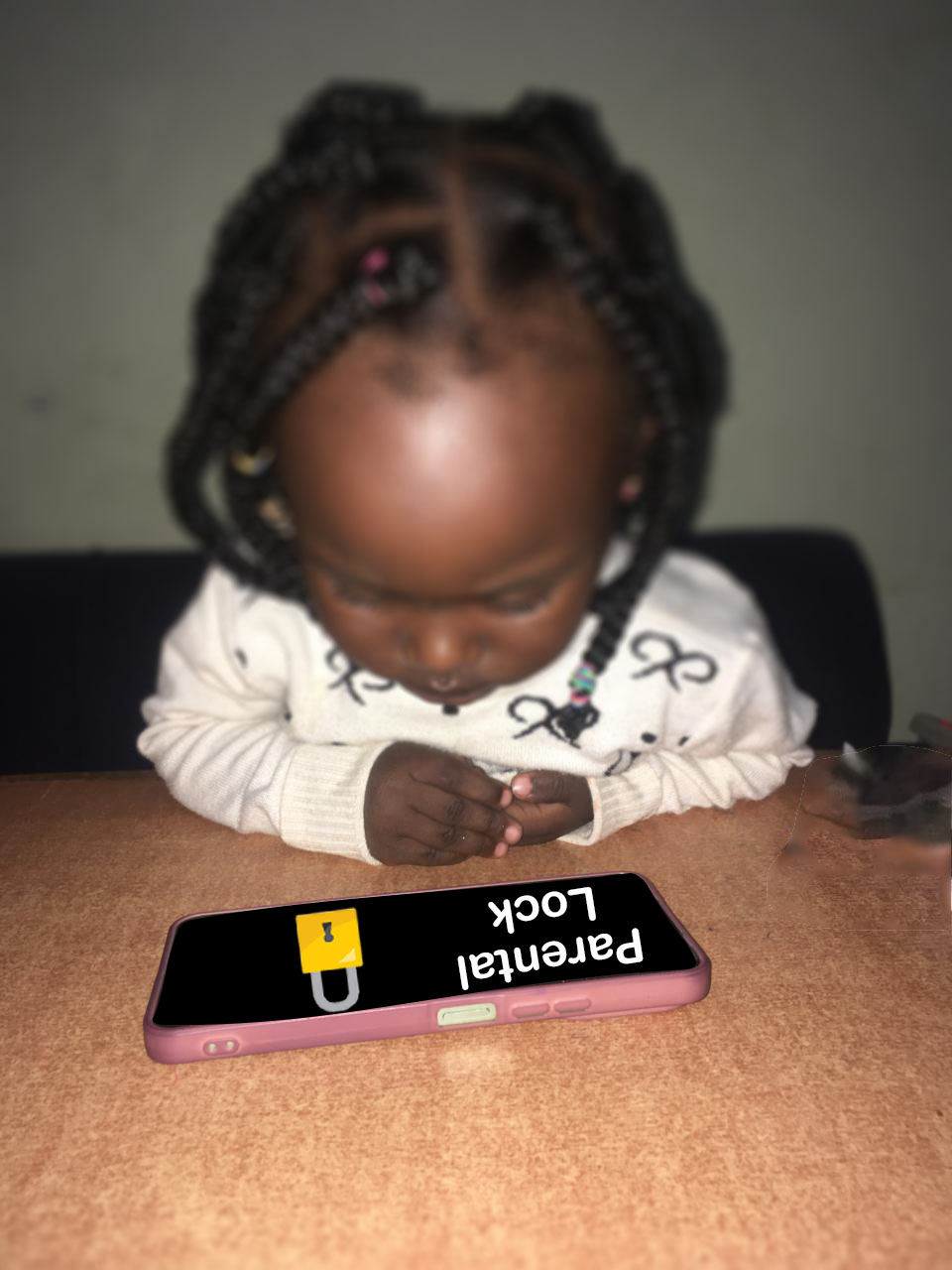Protecting Young Minds
5 ways to protect children in the digital space
In today’s digital age, online media has become a central part of our daily lives. Children, in particular, are spending more time on the Internet for education, entertainment, and social interaction. While online platforms offer numerous opportunities for learning and development, they also present significant risks, such as exposure to inappropriate content, cyberbullying, and online predators. Ensuring children’s safety in online media is a shared responsibility that requires the combined efforts of parents, educators, communities, and policymakers. Here are some of the practical ways you can protect children from online media:
1. Educate children about online safety
Teaching children the dangers of the internet and how to avoid them is paramount which will ensure that they are aware of the consequences. This may include educating children about:
- The importance of keeping personal information private.
- Recognizing and avoiding suspicious links or messages.
- Reporting any uncomfortable or harmful interactions to a trusted adult.
- Understanding the concept of a digital footprint and its implications
However, for successful outcome, parents should maintain open communication to enable children to feel more comfortable discussing their online experience.
2. Set clear rules and boundaries: Parents and guardians should set clear guidelines for internet use in their homes. This may include:
- Setting time limits for screen use to prevent overexposure.
- Defining appropriate websites, apps, and online activities.
- Creating a schedule for supervised and unsupervised internet access based on the child’s age and maturity.
3. Parental controls and monitoring software can help create a safer online environment. These tools allow you to:
- Block or filter inappropriate content.
- Monitor your child’s online activity.
- Restrict access to specific apps or websites.
- Set time limits for device usage.
4. Stay Involved and Informed: As a parent or guardian, it is crucial to stay engaged in your child’s online life and understand how the online platforms work. This can be achieved by:
- Regularly discuss what they are doing online and who they are interacting with.
- Familiarize yourself with the platforms, apps, and games your child uses.
- Follow relevant trends and updates about online safety and emerging risks.
5. Collaborate with schools and communities to ensure that online safety is advocated for and strong policies that are tailored to promote child-friendly digital environments are supported.
Children’s safety in online media requires a proactive, holistic approach. By educating children, setting boundaries, using technology wisely, and fostering collaboration, we can create a secure digital environment where children can explore, learn, and grow without fear. Let us all commit to prioritizing the well-being of children in the digital age.


Leave A Comment
All fields marked with an asterisk (*) are required